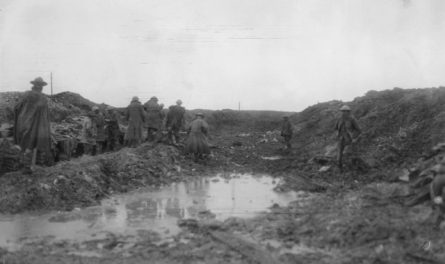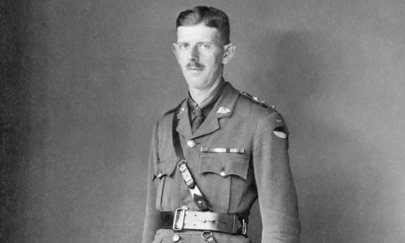

A map from 'The Adveretiser' showing the area around the Somme where the AIF were fighting.
Somme Offensive - 1916
Britain’s General Haig didn’t execute any significant offenses in the first half of 1916 but by mid-year a joint offensive with the French was planned for the Somme region, north east of Amiens. The plan was to smash the opposition with heavy artillery fire, destroying the barbed wire in No Man’s Land and driving out the enemy troops from the frontline trenches in advance of an infantry attack.
The bombardment began on 24 June, a week before the offensive commenced. Problems with British-manufactured the shells and the guns meant that the bombardment was less effective than planned and most of the German artillery survived. On 1 July, when the British attached they were slaughtered by the Germans machine guns: around 20,000 killed and 40,000 injured.
The AIF joined the Battle on 19 July at Fromelles (Flerubaix). The Germans held the higher ground and so could see that an attack was imminent. Again, inferior weaponry and poor communication resulted in very high casualties of both British and Australian troops, and many were taken prisoner of war. In less than 24 hours the Australian 5th division suffered 5533 casualties.
Within a few days more Australian troops went into battle at Pozieres. Again and impressive barrage preceded the attack and at 12.30am on 23 July, Australians, including the 10th Battalion began the assault. Although they succeeded in their objective of capturing Pozieres, German counter-offensives forced them back. In four days the Australian division had lost 5285.




